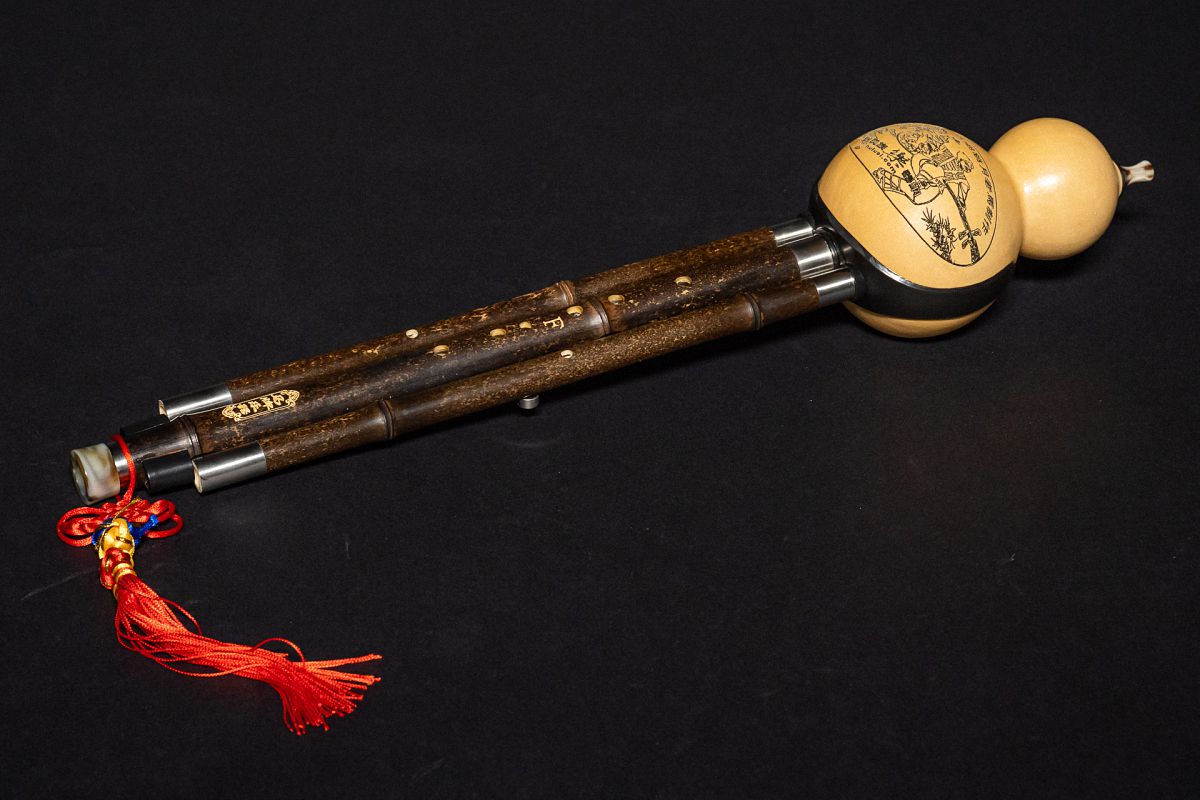Synchron Hulusi
The sound of the hulusi is hauntingly beautiful, but fairly soft. The Dai men would play it to express their love to women, while others often played the hulusi in the fields when taking a break from planting or harvesting. The instrument achieves expressiveness through its vibrato technique.

The hulusi was played by multi-instrumentalist, folk instruments expert, and member of the Synchron Stage Orchestra, Veronika Vitazkova. She played in many orchestras, among them the Radio Symphony Orchestra Vienna, the Vienna Chamber Orchestra, and Tonkünstler Orchestra, toured Europe as a solo flutist with the late Ennio Morricone, and played at esteemed festivals from Salzburger Festspiele to Hollywood in Vienna. Having performed on countless film scores at Synchron Stage Vienna, Veronika feels very much at home on the large Stage A and marvels at the exceptional acoustics of this scoring stage that contribute substantially to the overall sound of each instrument.
To capture the spectacular ambience of “Stage A” of Synchron Stage, Vienna’s engineers employed seven phase-coherent microphone configurations to provide a broad range of room options. All signals are available as separate channels in the mixer section of the Vienna Synchron Player. A wide variety of presets offer perfect mixer settings and serve as great starting points for your own sound creations.
Below you’ll find a listing of the hulusi’s natural sampled tones, which are diatonic as opposed to chromatic. Nonetheless, this software instrument provides a chromatic keyboard mapping of notes. In addition, legatos were sampled chromatically. If you want your composition to be played by a hulusi player, please bear in mind that not everything you write and play on the keyboard may be possible to perform for a musician, due to the non-chromatic nature of the instrument.
Hulusi in C
Range: c4 – d5 Scale: C Major (C, D, E, F, G, A, B)
(c4 = middle c)







